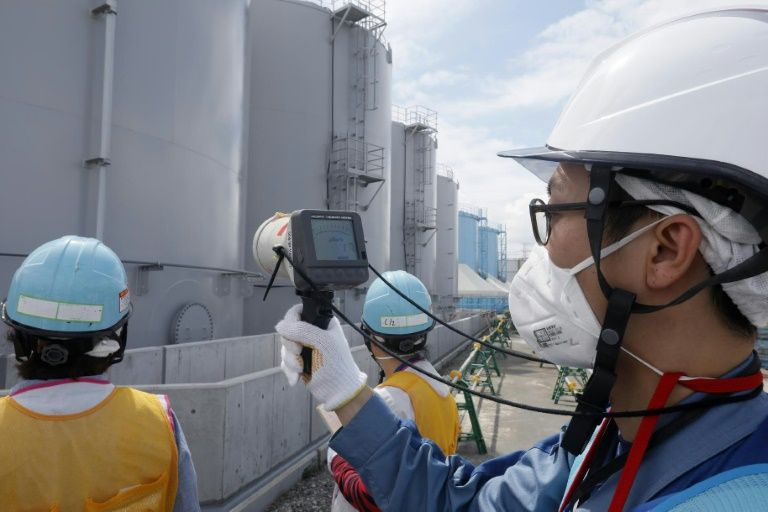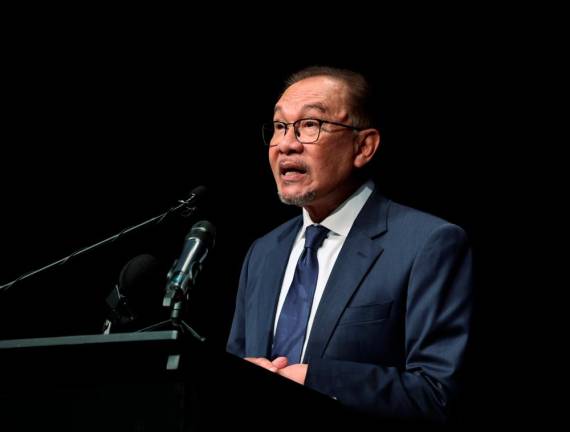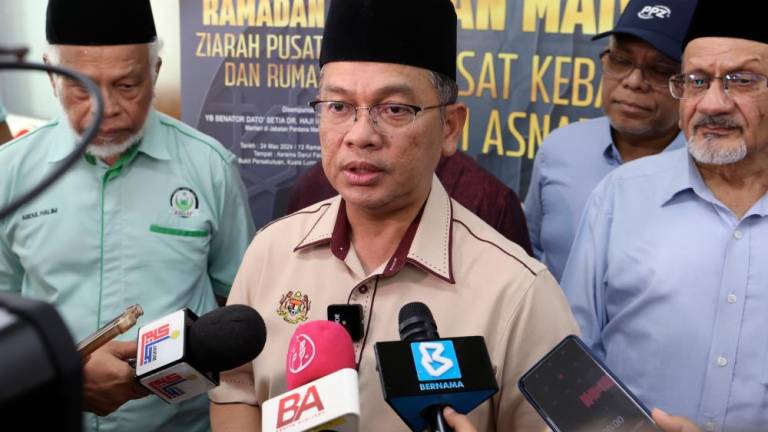TOKYO: More than eight years after the Fukushima nuclear disaster, a Japanese court will rule Thursday on the only criminal prosecution stemming from the worst nuclear accident in decades.
Three former executives from Tokyo Electric Power Company (TEPCO), the firm that operated the Fukushima plant, face up to five years in prison if convicted of professional negligence resulting in death and injury.
They are the only people to face criminal prosecution in the wake of the disaster, triggered when a massive tsunami caused by an earthquake overwhelmed the reactors at the plant in March 2011.
The three executives are accused of failing to act on information that showed the risks from a major tsunami, but they argue the data available to them beforehand was unreliable.
The path to their trial has been complicated — prosecutors twice declined to proceed with the case, citing insufficient evidence and slim chance of conviction.
But in 2015, a judicial review panel composed of ordinary citizens ruled that the trio should face trial, compelling prosecutors to proceed.
The defendants are former TEPCO chairman Tsunehisa Katsumata, 79, and former vice presidents Sakae Muto, 69, and Ichiro Takekuro, 73.
All three have pleaded not guilty.
Warnings ahead of time
No one is officially recorded as having been killed by the Fukushima meltdown, though the tsunami that triggered it left nearly 18,500 people dead or missing.
The charges against the men are tied to the case of more than 40 hospitalised patients who died after having to be evacuated following the nuclear disaster.
The prosecutors argue that the defendants should have understood the risk of a huge tsunami and failed to take necessary safety steps.
The trio were present at meetings where experts warned of the anticipated height of a tsunami off the Fukushima coast, the prosecutors say.
The prosecutors also argue that the executives had access to data and studies warning a tsunami exceeding 10m in the area could trigger power loss and a major disaster at the plant.
And a TEPCO internal study, based on a 2002 report by a respected government panel, concluded that a wave of up to 15.7m could hit after a magnitude-8.3 quake.
In the event, when a 9.0-magnitude quake hit offshore on March 11, 2011, waves as high as 14m swamped the reactors’ cooling systems.
The resulting meltdown forced massive evacuations and left parts of the surrounding area uninhabitable — in some cases possibly forever.
The three defendants have apologised to victims, but argue they could not have foreseen the disaster despite the information at their disposal beforehand.
‘Uncertain and obscure’
Katsumata has said his job as chairman did not entail day-to-day business operations and that he believed TEPCO officials in charge of nuclear safety were taking appropriate measures.
All the defendants have said they were told the internal report was not reliable, comments which have been contradicted by testimony from some of their subordinates.
“It is difficult to deal with issues that are uncertain and obscure,“ Takekuro said during the trial.
A 2015 report by the International Atomic Energy Agency said a misguided faith in the safety of atomic power was a key factor in the accident, pointing to weaknesses in disaster preparedness and unclear responsibilities among regulators.
And a parliamentary report a year after the disaster called Fukushima a man-made crisis caused by Japan’s culture of “reflexive obedience”.
Separately from the criminal case, dozens of civil lawsuits have been filed against the government and TEPCO.
Some district courts have granted damages to local residents, ordering TEPCO and the government to pay.
TEPCO also faces massive clean-up costs at the plant, where it is struggling with the question of how to dispose of more than one million tonnes of contaminated water used to cool fuel from the meltdown. — AFP













